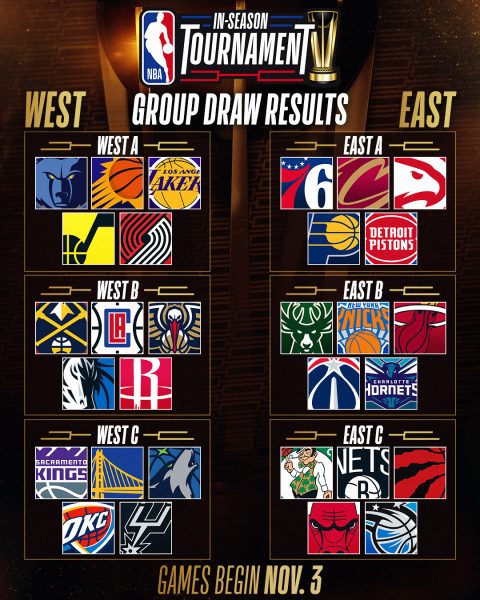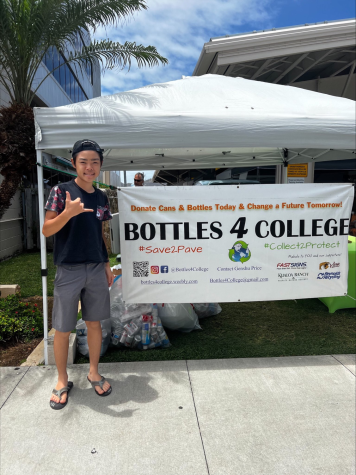A Journey Towards Equity
From text-to-speech software to assistive devices, the physical nature of brick-and-mortar schools provides students with a wide range of accommodations for learning disabilities. But how do online learning solutions manifest at OHS, and are they meeting students’ needs?
Andy Joe (‘23) and Molly Torinus (‘27) are just two of the 11.2 million U.S. students with learning disabilities. However, their educational environment is very different as OHSers.
Joe, a full-time OHS senior with a reading disability, finds pre-class readings difficult, especially for classes with dense readings. “Readings — whether they are short or long — take a lot more time for me to get through. For every sentence, I need to stop and really focus on what is being said, which is extremely difficult,” he says.
Despite this challenge, he finds that other classes, such as Discrete Math, which contains comprehensive lectures, allow him to understand the material better than those without. “I really appreciate when a reading is supplemented with a lecture,” Joe remarks. “They’re very short and very nice.”
Yet Joe finds that most lectures only explain bits and pieces of the reading rather than encompassing the entire concept. “Having lectures that cover the entire reading would be helpful for students like me who struggle with reading.” Further, Joe finds that lectures aren’t a standard form of learning in every class. “Lectures were definitely the minority in terms of class materials.”
Other students, such as Molly Torinus, an 8th grader at OHS with motor dysgraphia, think OHS accommodates students with neurodiversity well. “My dysgraphia has made no difference in my learning at OHS! All my classes have been really supportive, and so far, I’ve been able to learn a lot,” Torinus says.
She also finds the online educational setting beneficial for her motor dysgraphia, allowing her to type more assignments than brick-and-mortar ones. “I love the flexibility of OHS assignments — for example, this year in one of my classes, I’m assigned to keep a reading journal and there was an option to either handwrite it or type it.”
“People normally don’t think about how easy it is to read a book.” — Andy Joe
But, if there’s one thing they both agree on, it’s that learning disability awareness could be spread at OHS. “People normally don’t think about how easy it is to read a book,” remarks Joe. “These things don’t cross your mind when you don’t understand that world,” says Joe. Torinus agrees, “Dysgraphia is a largely invisible challenge. I chose to participate in this interview to raise awareness of [it].”
OHS aims “to create a worldwide learning community of diverse, intellectually passionate students and teachers,” according to its mission statement. The OHS community has definitely succeeded in cultivating an environment of intellectually driven students and staff, but we must actively listen and respond to students’ concerns if we are to foster diversity and widespread excellence.











